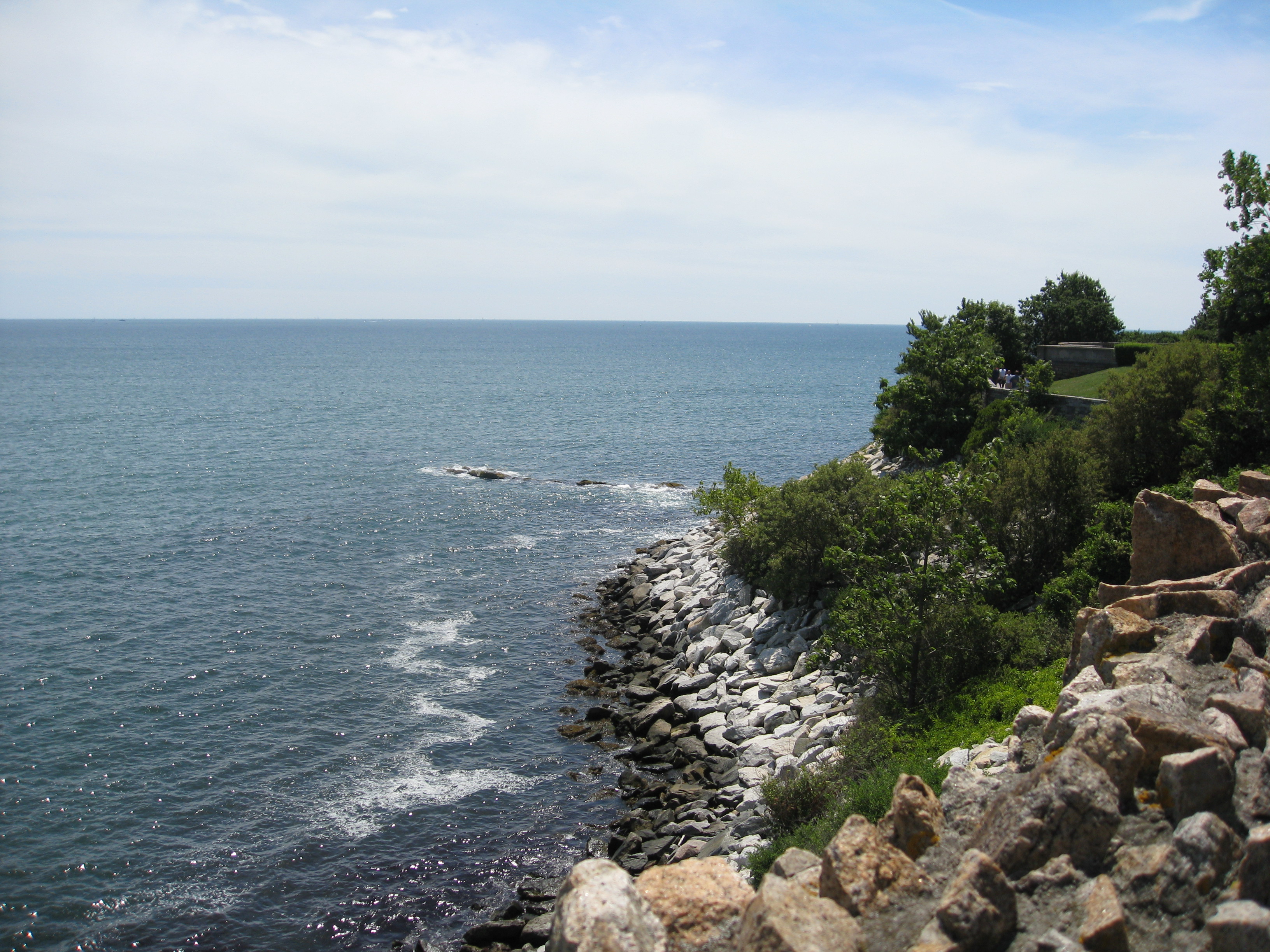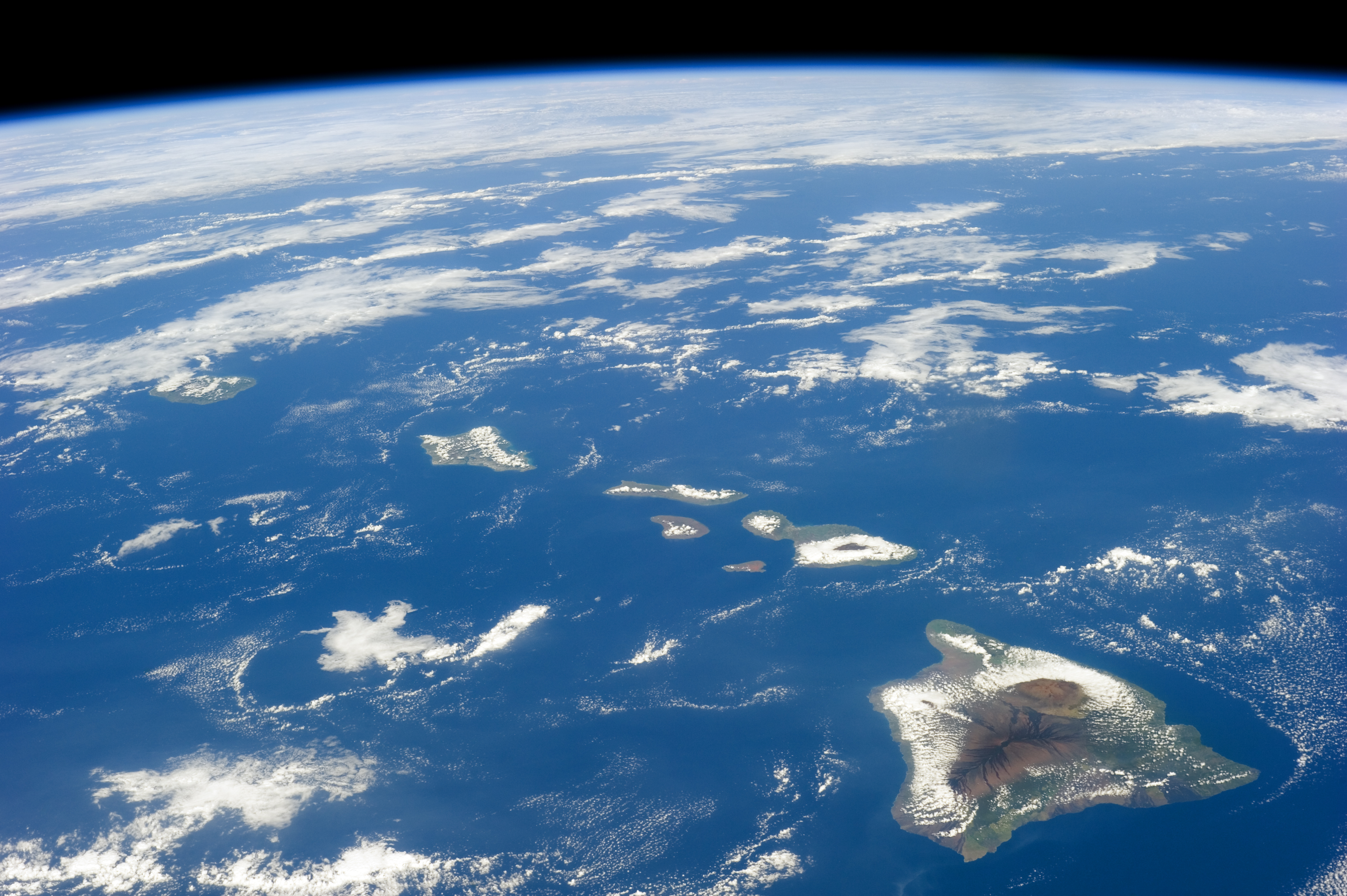|
Petaloconchus Keenae
''Petaloconchus keenae'' is a worm snail common in intertidal and subtidal areas in Hawaiʻi and the tropical Pacific. It has a symbiotic relationship with multiple coral genera, such as '' Porites'', ''Montipora ''Montipora'' is a genus of Scleractinian corals in the phylum Cnidaria. Members of the genus ''Montipora'' may exhibit many different growth morphologies. With eighty five known species, ''Montipora'' is the second most species rich coral genus ...'', and '' Pavona''. References * Hadfield, M. G. & Kay, E. A. In: Hadfield, M.G., Kay, E.A, Gillette, M.U. & Lloyd, M.C. (1972). The Vermetidae (Mollusca: Gastropoda) of the Hawaiian Islands. Marine Biology. 12(1): 81-98 External links Hadfield, M. G. & Kay, E. A. In: Hadfield, M.G., Kay, E.A, Gillette, M.U. & Lloyd, M.C. (1972). The Vermetidae (Mollusca: Gastropoda) of the Hawaiian Islands. Marine Biology. 12(1): 81-98Bieler, R.; Petit, R. E. (2011). Catalogue of Recent and fossil “worm-snail” taxa of the famil ... [...More Info...] [...Related Items...] OR: [Wikipedia] [Google] [Baidu] |
Vermetidae
The Vermetidae, the worm snails or worm shells, are a taxonomic family of small to medium-sized sea snails, marine gastropod molluscs in the clade Littorinimorpha. The shells of species in the family Vermetidae are extremely irregular, and do not resemble the average snail shell, hence the common name "worm shells" or "worm snails". These snails usually grow cemented onto a hard surface, or cemented together in colonies. Shell description These snails do not have typical regularly coiled gastropod shells; instead, they have very irregular elongated tubular shells which are moulded to, and cemented to, a surface of attachment such as a rock or another shell. In the adult, the apertural part of the shell is usually free, with the opening directed upward. Some species have an operculum and some do not. Damaged sections of the shell can be sealed off by calcareous septa when necessary. Some vermetids are solitary, whereas others live in colonies, partially cemented together ... [...More Info...] [...Related Items...] OR: [Wikipedia] [Google] [Baidu] |
Intertidal
The intertidal zone, also known as the foreshore, is the area above water level at low tide and underwater at high tide (in other words, the area within the tidal range). This area can include several types of habitats with various species of life, such as seastars, sea urchins, and many species of coral with regional differences in biodiversity. Sometimes it is referred to as the ''littoral zone'' or '' seashore'', although those can be defined as a wider region. The well-known area also includes steep rocky cliffs, sandy beaches, bogs or wetlands (e.g., vast mudflats). The area can be a narrow strip, as in Pacific islands that have only a narrow tidal range, or can include many meters of shoreline where shallow beach slopes interact with high tidal excursion. The peritidal zone is similar but somewhat wider, extending from above the highest tide level to below the lowest. Organisms in the intertidal zone are adapted to an environment of harsh extremes, living in wate ... [...More Info...] [...Related Items...] OR: [Wikipedia] [Google] [Baidu] |
Subtidal
The neritic zone (or sublittoral zone) is the relatively shallow part of the ocean above the drop-off of the continental shelf, approximately in depth. From the point of view of marine biology it forms a relatively stable and well-illuminated environment for marine life, from plankton up to large fish and corals, while physical oceanography sees it as where the oceanic system interacts with the coast. Definition (marine biology), context, extra terminology In marine biology, the neritic zone, also called coastal waters, the coastal ocean or the sublittoral zone, refers to that zone of the ocean where sunlight reaches the ocean floor, that is, where the water is never so deep as to take it out of the photic zone. It extends from the low tide mark to the edge of the continental shelf, with a relatively shallow depth extending to about 200 meters (660 feet). Above the neritic zone lie the intertidal (or eulittoral) and supralittoral zones; below it the continental slope beg ... [...More Info...] [...Related Items...] OR: [Wikipedia] [Google] [Baidu] |
Hawaiian Islands
The Hawaiian Islands ( haw, Nā Mokupuni o Hawai‘i) are an archipelago of eight major islands, several atolls, and numerous smaller islets in the North Pacific Ocean, extending some from the island of Hawaii in the south to northernmost Kure Atoll. Formerly the group was known to Europeans and Americans as the Sandwich Islands, a name that James Cook chose in honor of the 4th Earl of Sandwich, the then First Lord of the Admiralty. Cook came across the islands by chance when crossing the Pacific Ocean on his Third Voyage in 1778, on board HMS ''Resolution''; he was later killed on the islands on a return visit. The contemporary name of the islands, dating from the 1840s, is derived from the name of the largest island, Hawaii Island. Hawaii sits on the Pacific Plate and is the only U.S. state that is not geographically connected to North America. It is part of the Polynesia subregion of Oceania. The state of Hawaii occupies the archipelago almost in its entirety (i ... [...More Info...] [...Related Items...] OR: [Wikipedia] [Google] [Baidu] |
Pacific
The Pacific Ocean is the largest and deepest of Earth's five oceanic divisions. It extends from the Arctic Ocean in the north to the Southern Ocean (or, depending on definition, to Antarctica) in the south, and is bounded by the continents of Asia and Oceania in the west and the Americas in the east. At in area (as defined with a southern Antarctic border), this largest division of the World Ocean—and, in turn, the hydrosphere—covers about 46% of Earth's water surface and about 32% of its total surface area, larger than Earth's entire land area combined .Pacific Ocean . '' Britannica Concise.'' 2008: Encyclopædia Britannica, Inc. The centers of both the [...More Info...] [...Related Items...] OR: [Wikipedia] [Google] [Baidu] |
Porites
''Porites'' is a genus of stony coral; they are small polyp stony (SPS) corals. They are characterised by a finger-like morphology. Members of this genus have widely spaced calices, a well-developed wall reticulum and are bilaterally symmetrical. ''Porites'', particularly ''Porites lutea'', often form microatolls. Corals of the genus ''Porites'' also often serve as hosts for Christmas tree worms ('' Spirobranchus giganteus''). Aquarium trade Specimens of ''Porites'' are sometimes available for purchase in the aquarium trade. Due to the strict water quality, lighting and dietary requirements, keeping ''Porites'' in captivity is very difficult. Paleoclimatology Porites corals have been shown to be accurate and precise recorders of past marine surface conditions. Measurements of the oxygen isotopic composition of the aragonitic skeleton of coral specimens indicate the sea-surface temperature conditions and the oxygen isotopic composition of the seawater at the time of grow ... [...More Info...] [...Related Items...] OR: [Wikipedia] [Google] [Baidu] |
Montipora
''Montipora'' is a genus of Scleractinian corals in the phylum Cnidaria. Members of the genus ''Montipora'' may exhibit many different growth morphologies. With eighty five known species, ''Montipora'' is the second most species rich coral genus after ''Acropora''. Description Growth morphologies for the genus ''Montipora'' include submassive, laminar, foliaceous, encrusting, and branching. It is not uncommon for a single ''Montipora'' colony to display more than one growth morphology. Healthy ''Montipora'' corals can be a variety of colors, including orange, brown, pink, green, blue, purple, yellow, grey, or tan. Although they are typically uniform in color, some species, such as ''Montipora spumosa'' or ''Montipora verrucosa'', may display a mottled appearance. ''Montipora'' corals have the smallest corallites of any coral family. Columellae are not present. Coenosteum and corallite walls are porous, which can result in elaborate structures. The coenosteum of each ''Monti ... [...More Info...] [...Related Items...] OR: [Wikipedia] [Google] [Baidu] |
Pavona
Pavona is a hamlet in Lazio, central Italy. It is a ''frazione'' of the ''comune'' (municipality) of Albano Laziale. However, its traditional territory is also included in those of Castel Gandolfo and Rome. Overview The Albano fraction includes some 7,600 inhabitants, the other two amounting to c. 3,500 and 2,000, respectively. The patron saint of Pavona is St. Joseph Joseph (; el, Ἰωσήφ, translit=Ioséph) was a 1st-century Jewish man of Nazareth who, according to the canonical Gospels, was married to Mary, the mother of Jesus, and was the legal father of Jesus. The Gospels also name some brothers o ..., celebrated on May 1. See also * Cecchina References External links * Frazioni of Albano Laziale Castelli Romani Castel Gandolfo {{lazio-geo-stub ... [...More Info...] [...Related Items...] OR: [Wikipedia] [Google] [Baidu] |
Molluscs Of The Pacific Ocean
Mollusca is the second-largest phylum of invertebrate animals after the Arthropoda, the members of which are known as molluscs or mollusks (). Around 85,000 extant species of molluscs are recognized. The number of fossil species is estimated between 60,000 and 100,000 additional species. The proportion of undescribed species is very high. Many taxa remain poorly studied. Molluscs are the largest marine phylum, comprising about 23% of all the named marine organisms. Numerous molluscs also live in freshwater and terrestrial habitats. They are highly diverse, not just in size and anatomical structure, but also in behaviour and habitat. The phylum is typically divided into 7 or 8 taxonomic classes, of which two are entirely extinct. Cephalopod molluscs, such as squid, cuttlefish, and octopuses, are among the most neurologically advanced of all invertebrates—and either the giant squid or the colossal squid is the largest known invertebrate species. The gastropo ... [...More Info...] [...Related Items...] OR: [Wikipedia] [Google] [Baidu] |




.jpg)


